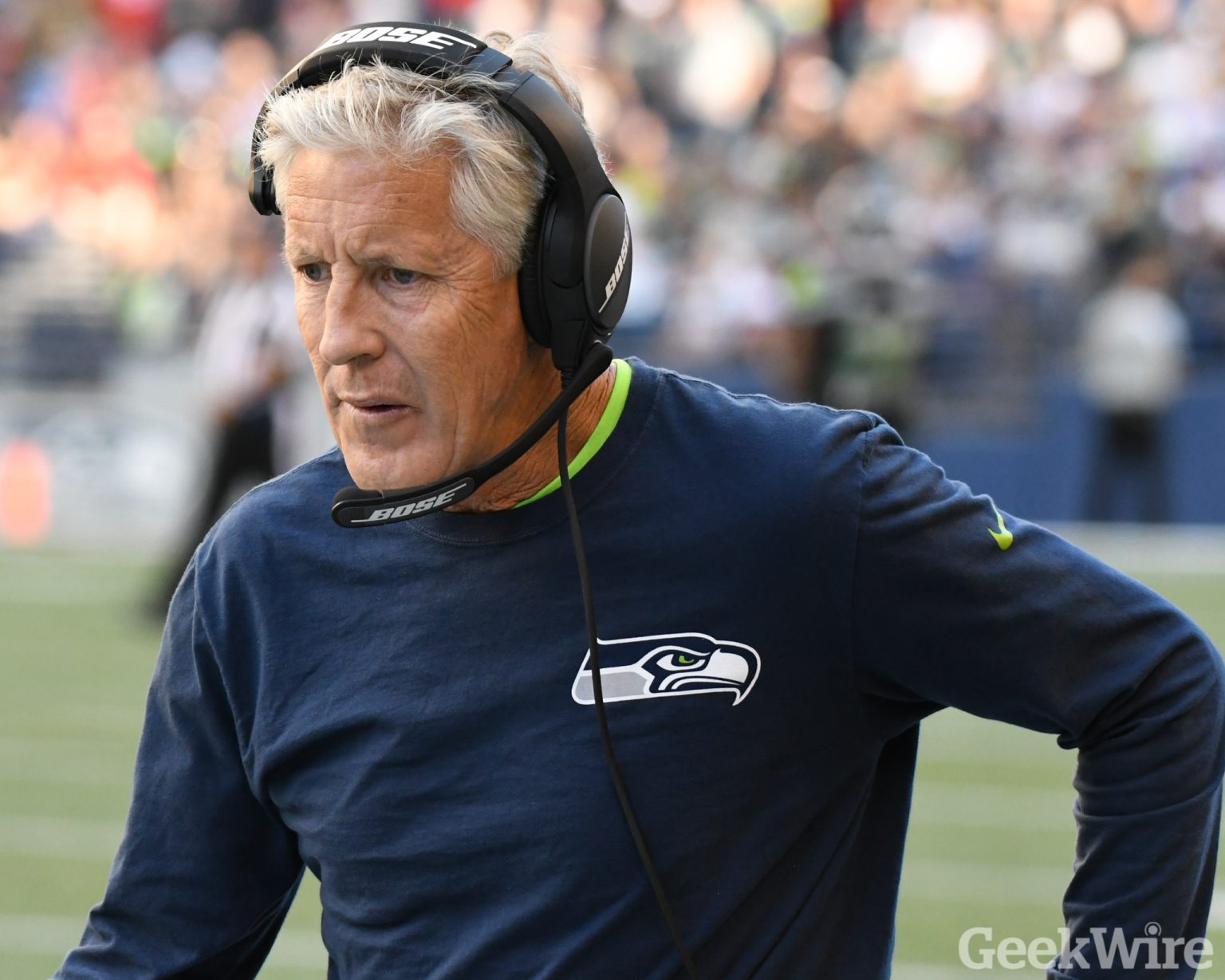AI Joins the NFL’s Playbook: A New Era in Football Tech
In the ever-evolving landscape of professional football, the NFL’s partnership with Microsoft has brought artificial intelligence to the sidelines, sparking discussions about how far technology should penetrate America’s favorite sport. As the new season kicks off, there’s been considerable buzz about AI becoming an innovative sideline tool for coaches and players. However, the league has been quick to clarify exactly how this technology will be implemented, ensuring fans that human judgment—not algorithms—will continue to make the crucial game-day decisions that define football’s unpredictable drama.
The NFL emphasizes that its Sideline Viewing System, newly enhanced with Microsoft’s GitHub Copilot feature, primarily serves as a sophisticated filtering tool for the Surface tablets used on sidelines and in coaching booths. This intelligent system connects play data with still images, allowing coaches and players to quickly access specific categories of plays for review—streamlining a process that once required manual sorting through countless scenarios. Additionally, Copilot functionality extends to analytics devices in the coaches’ booth, where teams can leverage a customized version of Microsoft Excel to process game data. Here, the AI acts as a verification tool, checking formula accuracy and generating visual representations of complex statistics that might otherwise take precious minutes to compile manually during the fast-paced environment of a professional football game.
The league has established clear boundaries around technology usage through its electronic device policy, which mandates that only league-issued technology can be employed by team staff during games. Personal devices like smartwatches, cellphones, and laptops are prohibited on sidelines and in coaching booths. This standardization ensures competitive equity, as innovations are carefully vetted by committees comprising coaches, executives, and owners before implementation. These committees have historically prioritized technologies that serve all teams equally and enhance processes rather than directly influence game outcomes. The NFL views its Microsoft partnership as an opportunity to optimize workflows with AI, but emphatically states that artificial intelligence “cannot be a substitute or supplement for coaches developing adjustments and strategies on game day.” In other words, while AI might help organize information more efficiently, the critical human elements of experience, intuition, and leadership will continue to drive decision-making when games are on the line.
This clear delineation between AI as a tool versus AI as a decision-maker naturally invites reflection on momentous coaching decisions of the past—none more infamous in Seattle than the fateful play that denied the Seahawks back-to-back Super Bowl championships a decade ago. With 26 seconds remaining in Super Bowl XLIX, the Seahawks trailed the New England Patriots 28-24 but had 2nd-and-goal at the 1-yard line with one timeout left. Rather than handing the ball to powerhouse running back Marshawn Lynch, coach Pete Carroll called for a pass play that resulted in a game-ending interception by Patriots cornerback Malcolm Butler. This single decision has haunted Seattle fans for years and remains one of the most scrutinized play calls in NFL history. The lingering question—”Why didn’t they just run the ball?”—has become part of football folklore, a perfect case study for second-guessing even the most experienced coaches.
When prompted to analyze this infamous decision, both OpenAI’s ChatGPT and Google’s Gemini provided balanced assessments that considered the strategic elements at play. Both AI systems acknowledged the legitimate reasons why Carroll might have called a pass, including the Patriots’ goal-line defensive formation, time management concerns, and statistical considerations. However, after weighing all factors, both AI systems ultimately concluded that running the ball with Lynch would have been the higher-percentage play. ChatGPT noted that “the risk of an interception on a short slant in a crowded goal-line situation didn’t justify the potential reward,” while Gemini observed that “the universal consensus among fans and many analysts is that, given the talent and the game situation, the Seahawks should have simply run the ball.” This agreement between AI systems mirrors the prevailing human consensus that has developed over years of analysis, suggesting that even advanced algorithms recognize the emotional and statistical weight behind certain football decisions.
As we enter this new season with AI more prominently featured in team operations, the balance between technological assistance and human judgment continues to evolve. The NFL’s approach represents a measured integration—embracing innovation while preserving the human elements that make football compelling. For Seattle fans, whose team now operates under new leadership, the hope remains that future critical decisions will lead to more favorable outcomes than that fateful February evening in 2015. Perhaps someday, AI systems might help coaches avoid similar pitfalls by quickly processing more variables than a human mind can manage in seconds. But for now, the final call still rests with the humans pacing the sidelines, carrying the weight of cities’ hopes on their shoulders, making split-second decisions that will be analyzed, celebrated, or second-guessed for generations to come—by both humans and AI alike.


